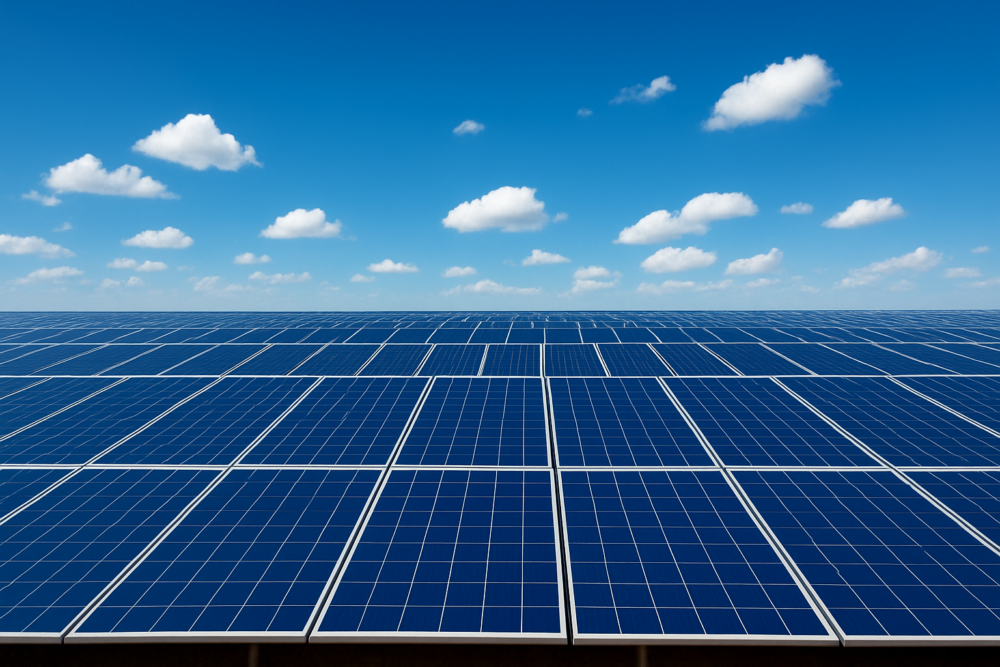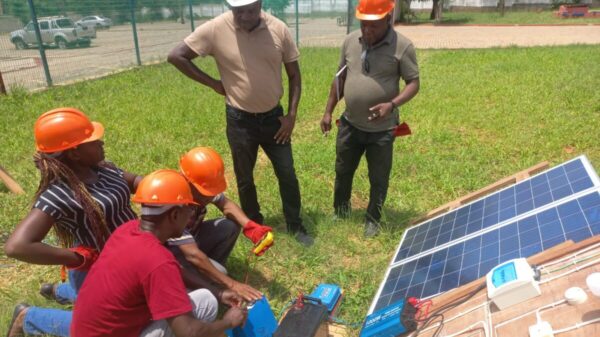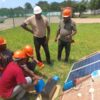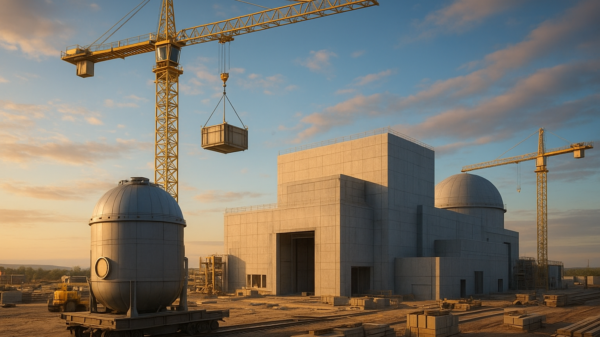China’s first provincial solar auction under its new renewable pricing system delivered prices so low that analysts say future investment could be discouraged.
The auction, held last week in Shandong province, is widely seen as a bellwether for nationwide renewable auctions. It suggests that solar prices in other provinces may fall under the new market based system, although not necessarily to Shandong’s extremely low levels.
Previously, renewable projects in China received guaranteed returns linked to the coal price benchmark. This approach offered developers certainty but encouraged over investment.
In February, authorities announced reforms to introduce market based pricing, shifting the industry toward auctions for most new renewable contracts. However, starting in June, local grid operators will award projects based on bids. This will involve selecting from lowest to highest until the province’s target generation volume is met. Renewable generators will sell into the market but receive compensation if prices fall below the auction clearing price.
Shandong, one of China’s largest renewable builders, became the first province to implement the system. Its auction set a clearing price of 225 yuan (USD$31.58) per megawatt hour (MWh). Developers could submit bids between 123 yuan/MWh and 350 yuan/MWh.
Many of the Shandong projects were already complete and eager to sell power at a fixed rate, said Lauri Myllyvirta, co-founder of the Helsinki based Centre for Research on Energy and Clean Air. Consequently, developers submitted aggressive bids to secure guaranteed payments.
The new system provides more certainty than relying solely on Shandong’s spot market, where recent average prices have dropped as low as 116 yuan/MWh due to abundant supply.
Read more: China’s CATL targets Europe with $12.9B push and new EV battery tech
Read more: China reveals lithium battery tech that spots deadly failures before battery activation
Declining valuations reflect alternative energy market skepticism
Furthermore, market based pricing may balance long term investment incentives while controlling overcapacity, but the Shandong results highlight the risk of overly aggressive bidding. In addition, developers must now navigate uncertainty in a system designed to be more flexible yet potentially less lucrative than previous guaranteed returns.
The quest for alternative energy has fallen out of favour over the past few months.
Alternative energy stocks experienced a sharp boom after the pandemic, driven by investor enthusiasm and supportive policies. Subsequently, valuations have fallen, reflecting market skepticism and operational challenges. Furthermore, despite long term growth prospects, the sector faces uncertainty as investors weigh profitability against future potential.
While alternative energy sources like solar and wind continue to grow, certain technologies and their investment valuations have fallen out of favour. This is due to challenges with intermittency, grid integration, high upfront costs, and shifting investor sentiment toward more reliable fossil fuels in the short term.
Interest in fossil fuels like liquefied natural gas (LNG) has also declined as a risky investment due to price volatility. Additionally, importing countries are increasingly turning to domestic alternatives, such as renewables, reducing LNG demand.
Despite fears, nuclear power continues to buck the trend. It provides a consistent, zero-carbon energy source and has gained renewed support in recent years. However, public fears and historical implementation issues remain barriers. In addition, nuclear projects require substantial capital and long timelines, yet they offer stability that other technologies often cannot match.
.













